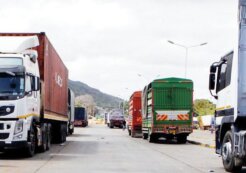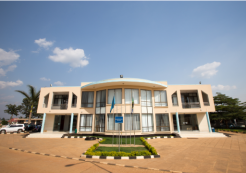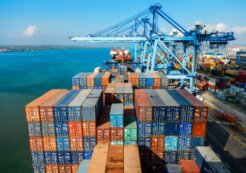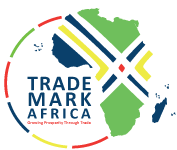Logistics costs in East Africa remain extremely high, compared to other regions in the world. Some of the contributing factors to the high costs include high cost of transport and warehousing. There is also significant variation in the time taken for export and import. This uncertainty in the logistics chain significantly increases direct, inventory and opportunity costs in the region. Studies indicate that logistics costs can range from anywhere between 30 to 60% of commodity value for rice (and other cereals), while the logistics costs penalty on high-value items like electronics are considerably lower.
Learn More >>






















